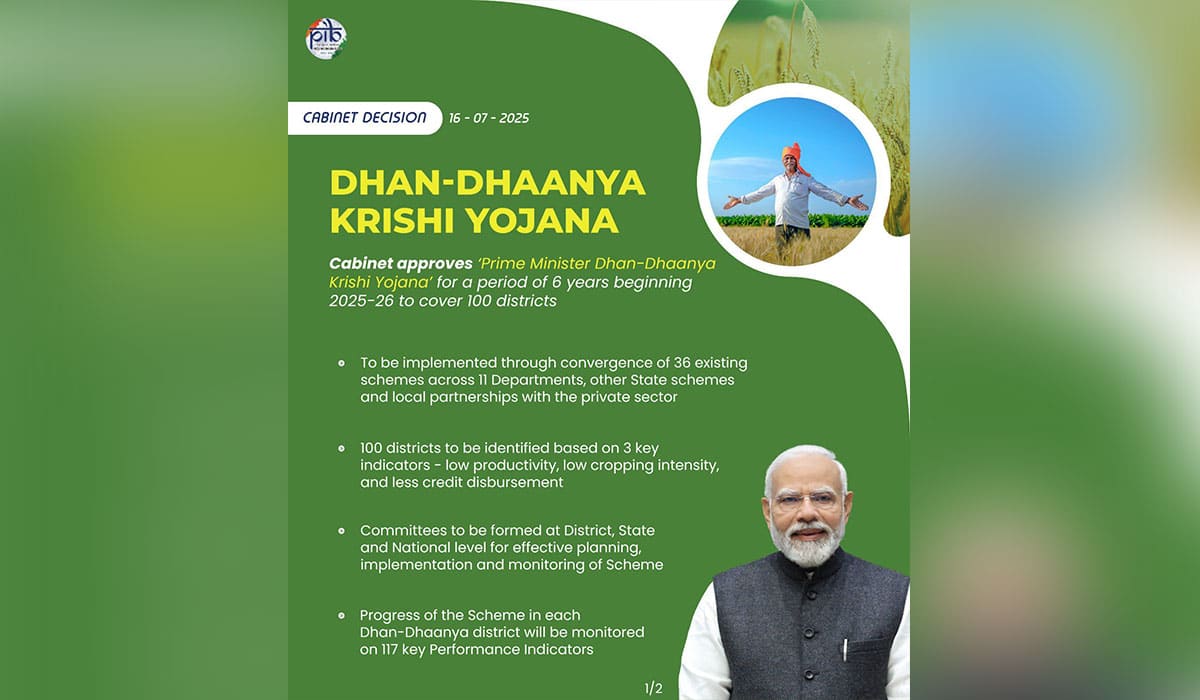by Madhurima Mallik
Almost each one of us have been fascinated with the Indus Valley Civilisation (28th Century B.C to 18th Century B.C) while we read about its immaculate town planning, the seals, the pottery, the ornaments as a part of the prescribed history curriculum in mid-school. I would spend hours looking at the pictures of the Great Bath at Mohenjodaro and wonder how Lapis Lazuli (the semi-precious stone which was one of their major items of trade) looked. Imagine my delight when I got an opportunity to visit the excavated site of one of the major port towns of this ancient civilisation, Lothal (meaning the mound of the dead in Gujarati).

Situated at a distance of 6 kms from the Lothal-Bhurkhi railway station on the Ahmedabad –Bhavnagar route of Western Railway, Lothal is well connected by road to all the major cities of Gujarat. Once here, you can visit the site excavated by archaeologist S. R Rao in 1952-61 and the ASI museum which was established in 1976.
Having decided to visit the museum first, my colleague and I gained entry at a nominal fee of Rs.5 per head. The museum has been divided into three galleries. As you enter, you are greeted by a detailed artist's imaginary depiction of the Harrapan town, complete with the course of the Sabarmati River, on the banks of which the port town is situated. There are also introductory notes and several maps to the site for your reference. The left wing of the museum has exhibits of ornaments (bangles, neck pieces and earrings) of terracotta and shell, steatite seals, pottery and beads. The right wing houses game boards, miniature and painted pottery, human figurines, weights, ritual objects, bricks beside a replica of a joint burial and a scaled model of the Lothal site. The museum houses a total of 800 items of the unearthed 5089 during the excavation. The museum also has a reference library and a publication counter where you can find pamphlets and informative guides.

A tour around the museum gives you an idea that Lothal made significant and unique contributions in that era in science, engineering, city planning, art and architecture. The small town of Lothal was prosperous with its bead making industry and its sheltered harbour with a rich cotton and rice growing hinterland. It was a gateway to western Asia for the Harrapan civilisation and for overseas trade of semi-precious stone beads, copper, ivory, shell and cotton goods.
The beads showcased in the museum are made of carnelian, agate and some other semi-precious stones. Also on display are micro-beads made of steatite which can be seen through magnifying glasses.
The seals excavated from the Lothal site are said to be the third largest in number after Mohenjodaro and Harrappa. They depict varied figurines and letters from the Indus script.
Apart from terracotta another widely used material for ornaments, beads, gamesmen and other objects was shell, as the coast of Gujarat is abundant in shell.
The Harappans have been known to manufacture copper and bronze objects, although Lothal is said to have imported copper from the middle-east, tools like stone blades, spindle-whorls, etc are put on display. It is noteworthy, that almost no weapons were excavated from this site, which speaks volumes about a society that was largely peaceful.
Watch : Khushboo Gujarat Ki - Lothal
The Harrappan pottery was largely utilitarian. You can see large pots, dishes, vases, perforated jars, all made from terracotta. There are also present pieces of painted pottery with minimalist ornamentation. The right wing houses smaller pots and vessels which have been displayed as a part of ritualistic objects. It is said that pottery, beads and other objects of daily life were buried with the dead by the Harrappans.
A depiction of two entangled skeletal remains bordered by representative burial bricks testifies the prevalence of joint burials which was unique to the civilisation.
It is largely known that the Harrapans had devised a standardised system for weights and measures. The weights are made of various stones like carnelian, jasper, and agate and are of different shapes and sizes. A scale of ivory with demarcations is another object of interest.
Other than these you can see game boards, dice, gamesmen and models of toy carts.
After carefully observing the scaled model of the site kept at the museum we proceeded towards the site which is adjacent to the museum. We were accompanied by a large group of enthusiastic tourists from other states and a guide.
On entering the site you see a vast stretch of desolate ruins with signboards thrown in at your aid. The dominant sight here is the dockyard spanning an area of approximately 37 meters from east to west to 22 meters from north to south . It was excavated and found to be beside Sabarmati which has since changed course. The structure's design shows a thorough study of tides and hydraulics. The hydraulic knowledge of the ancient Harappans can be judged by the fact that boats could dock at Lothal in the 1850s and it is said that the dockyard could hold 30 ships of 60 tonnes capacity each or vice versa.
Archaeological finds testify to trade between Egypt and Mesopotamia.
The dockyard was connected to the main warehouse by a long landing stage elevated about 3.5 metres from the ground for flood protection. The whole town was situated on high ground and a wall was erected to encircle it.
The warehouse near the dockyard, where the cargo was stored had about 64 rooms, 12 of which are visible today in the form of cubical blocks.
The town of Lothal had an extensive drainage system, hallmark of the Indus Valley towns and like others was divided into two parts- The upper town (Acropolis or Citadel) and the Lower Town (commercial and residential area). The upper town remains show remnants of a pot furnace, kitchens and wells. A short distance from the upper town, the lower town has arterial streets running from north to south believed to be laced with shops and those running from north to south were flanked by individual dwellings.
There is not much that a layman can decipher beyond this at the site. It is said that the town was destroyed by frequent floods in about 1900 BC and was completely abandoned by Harappans in 1700 BC.
Enter Lothal, and you would know what it means to be transported to another era. The seemingly ordinary ruins which stand proof to the existence of a 4500 year old human civilisation and tell you the story of its obliteration, leave you only a little humbled.
The article is originally published in The Gujarat (Magazine), Vol-III, Issue-4.













